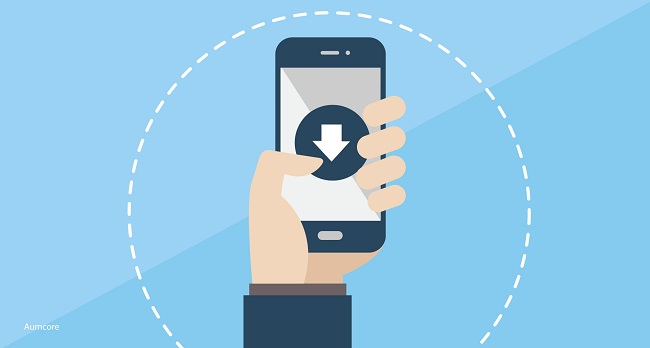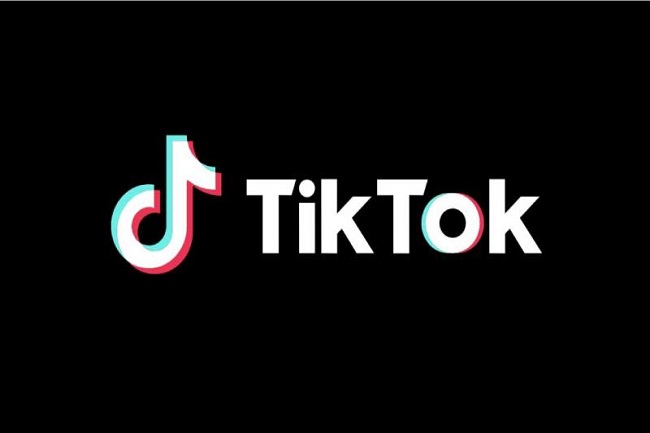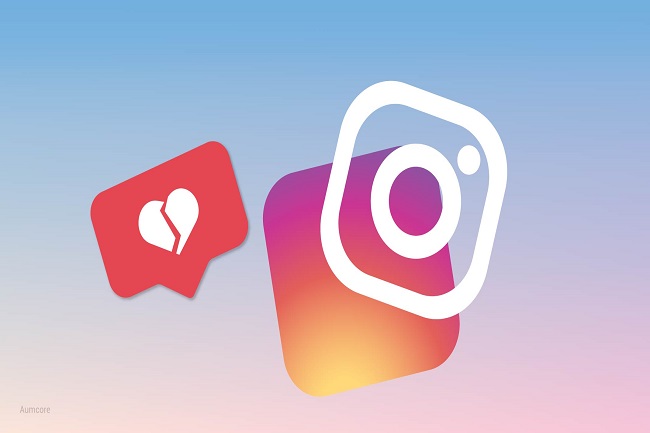Mobile marketing continues to be a dynamic and essential strategy for marketers, driven by the increasing use of smartphones and mobile devices. Several trends and statistics highlight the importance of mobile marketing for businesses. Firstly, mobile advertising spending is projected to reach $247.4 billion, accounting for over half of total digital ad spending.
Secondly, mobile apps dominate consumers’ digital media time, with 90% of mobile time spent on apps. This emphasizes the significance of developing a strong mobile app presence for brands.
Furthermore, mobile video consumption is on the rise, with 85% of internet users in the United States watching video content on their mobile devices. Marketers can leverage this trend by incorporating engaging video content into their mobile marketing strategies.
Lastly, mobile personalization plays a crucial role, as 80% of consumers are more likely to make a purchase when brands offer personalized experiences. Marketers should leverage user data and AI-driven insights to deliver tailored mobile experiences that resonate with their target audience.
These trends and statistics highlight the significance of mobile marketing, emphasizing the need for marketers to optimize their strategies for mobile devices, invest in mobile advertising, prioritize mobile apps, incorporate mobile video content, and deliver personalized experiences to engage and convert mobile users effectively.
The Benefits with Mobile Marketing
Mobile marketing offers numerous benefits for businesses aiming to connect with their target audience effectively.
Some key benefits include:
- Wide Reach: Mobile devices have a massive user base globally, allowing businesses to reach a vast audience. With the increasing popularity of smartphones, mobile marketing provides access to potential customers anytime and anywhere.
- Higher Engagement: Mobile devices offer a more personalized and intimate user experience. Mobile marketing strategies, such as SMS marketing, push notifications, and in-app advertisements, can engage users directly and capture their attention effectively.
- Enhanced Targeting: Mobile marketing enables precise targeting based on various factors like location, demographics, behavior, and interests. This targeted approach allows businesses to deliver relevant and tailored messages to specific audience segments, increasing the chances of conversion.
- Increased Customer Convenience: Mobile marketing allows businesses to offer convenient and seamless experiences to their customers. Mobile-friendly websites, mobile apps, and mobile payment options simplify the customer journey, making it easier for users to browse, shop, and make transactions on their mobile devices.
- Real-Time Marketing: Mobile devices provide an opportunity for real-time marketing, enabling businesses to connect with customers instantly. Through location-based marketing and timely notifications, businesses can deliver time-sensitive offers, updates, and promotions directly to users’ mobile screens.
- Data Analytics: Mobile marketing provides valuable insights through data analytics. Marketers can track and analyze user behavior, engagement metrics, conversion rates, and other key performance indicators (KPIs) to optimize their campaigns and make data-driven decisions for better results.
Challenges Faced by Mobile Marketers
Mobile marketers face several challenges that can impact the effectiveness of their campaigns.
Some common challenges include:
- Device Fragmentation: The mobile landscape is highly fragmented, with a wide range of devices, screen sizes, operating systems, and versions. This fragmentation poses challenges in ensuring consistent user experiences across different devices and platforms.
- Ad Blockers: Ad blockers on mobile devices can hinder the visibility and reach of mobile ads. As more users adopt ad-blocking software, marketers need to find alternative ways to engage with their audience effectively.
- Limited Screen Space: Mobile screens are significantly smaller compared to desktop screens, limiting the amount of content and information that can be displayed. Marketers must optimize their content for mobile devices, focusing on concise and visually appealing messaging.
- Data Privacy and Permissions: Mobile marketing often relies on collecting and utilizing user data for targeted campaigns. However, privacy concerns and regulations such as GDPR and CCPA require marketers to obtain explicit user consent and handle data securely, adding complexity to data collection and usage.
- App Fatigue: With millions of apps available in app stores, users may suffer from app fatigue and have limited attention spans. Marketers need to create compelling experiences, offer unique value, and retain user engagement to stand out amidst intense competition.
- Connectivity and Speed: Mobile marketing heavily relies on internet connectivity. Poor network coverage or slow connection speeds can impact the delivery and performance of mobile campaigns, leading to a subpar user experience.
- Cross-Channel Integration: Marketers often operate across multiple channels, including mobile, desktop, social media, and offline. Coordinating and integrating these channels to provide consistent messaging and experiences can be a challenge.
- Ad Viewability: Ensuring that mobile ads are viewable to users can be challenging, especially with factors like ad placement, ad blockers, or user behavior. Marketers must optimize ad placement and formats to maximize viewability.
Trends that are Still Relevant
Though many of us would like to move on move onward with our lives, the past informs our present and still holds many truths for our future. The same is true for mobile trends!
While you will see many blog posts and articles detailing the newest trends for the coming year, you may notice a lot of these mobile marketing trends 2023 were also popular last year. New trends may yet surface in the months to come but expect to see a lot of overlap for these first few months.
- Pandemic-Based Consumer Behavior As it has been stated time and time again, the pandemic has changed everything. This has forced marketers to rethink the fundamentals while understanding how customers have adapted and changed since COVID-19, and more importantly, how these behaviors will continue to evolve.
- Digital Transformation Remains a Priority Since 2020 the term “digital transformation” has been making headlines. This term looks at how the world has invested in tech solutions to create a seamless user experience. These solutions include artificial intelligence, chatbots and e-commerce – to name but a few.
- Social Activists The world has become more in tune with global issues, shining the spotlight on injustices around the globe. Companies need to be aware of these issues and voice their support. It’s all about showing interest and caring what matters, and customers are responding to this.
- Videos Are King With Zoom, Teams and other video calling platforms becoming a global staple, the need for good quality video communication remains important. Of course, these technologies are becoming more readily available, they also become more affordable. In addition to this, virtual events will also remain relevant and require ongoing investment to keep up with the demand of it all.
- Ad Spend is Increasing Digital ad spend continues to skyrocket as online business is the go-to for many. Shoppers are embracing the convenience of it all, while businesses reap the benefits of a wider market. This trend is set to continue in 2023.
- Nail SEO While this is a trend that will never end, it is a trend that can be updated. With new data insights available, the ability to tailor your SEO strategy is easier than ever.
- Data Privacy Must Be Considered Consumers are becoming more aware of their online presence and how their data is being used. This is one of the many reasons why businesses such as Google have taken measures to ensure that their rights are protected, like the end of third-party cookies
10 Stats from 2023 to Keep in Mind
Numbers talk, so to help paint a better picture of what to expect when it comes to mobile marketing.
- Mobile ad spending is projected to account for 59% of total digital ad spending worldwide.
- Mobile devices generate 56% of total website traffic globally.
- App usage accounts for 90% of mobile internet time, with users spending an average of 4.2 hours per day on mobile apps.
- Push notifications have an average opt-in rate of 46.4% across various industries, with higher opt-in rates in categories like travel, finance, and media.
- Mobile users are 50% more likely to make an impulse purchase compared to desktop users.
- Location-based marketing is highly effective, with 72% of consumers saying they have visited a store after receiving a location-based message.
- Mobile video ad spending is expected to reach $41.9 billion, accounting for 72% of total digital video ad spending.
- Mobile searches related to “same-day shipping” have grown by over 120% since 2015, indicating the importance of fast and convenient mobile shopping experiences.
- 88% of consumers who search for local businesses on mobile devices call or visit the business within 24 hours.
- Mobile coupon usage is on the rise, with 82% of consumers using their mobile devices to search for the best deals.
Hopefully, these mobile device usage statistics for 2023 have shown you how influential mobile usage is and will be this year.

7 Mobile Marketing Trends for your 2023 Digital Strategy
Now that you understand the top trends that are still relevant and have the statistical information that shows you where users are flocking to on the internet, it’s time to put that knowledge to use. These next mobile marketing trends will help you create a comprehensive digital strategy for your business:
- Mobile Video Dominance: Mobile video consumption continues to rise, with users spending more time watching videos on their mobile devices. Marketers are leveraging this trend by creating engaging and mobile-optimized video content to reach and connect with their target audience.
- Augmented Reality (AR) Experiences: AR technology is becoming increasingly popular in mobile marketing. Brands are utilizing AR to offer interactive and immersive experiences to users, such as virtual try-on features, gamified elements, and location-based AR campaigns.
- Personalization and Hyper-Targeting: Personalized marketing experiences are highly effective in mobile marketing. Marketers are leveraging user data and advanced targeting techniques to deliver customized and relevant content, offers, and recommendations to individual mobile users.
- Voice Search Optimization: With the growing popularity of voice assistants and voice search, optimizing mobile content for voice queries is crucial. Marketers are optimizing their mobile websites and apps to be voice search-friendly, ensuring that their brand is discoverable through voice-activated devices.
- Mobile Wallets and Contactless Payments: Mobile wallets and contactless payment methods, such as Apple Pay and Google Pay, are gaining traction. Marketers are incorporating mobile payment options into their strategies to enhance the convenience and seamless experience of mobile transactions.
- Chatbot Integration: Chatbots are being integrated into mobile apps and messaging platforms to provide instant customer support and personalized interactions. Marketers are utilizing chatbots to enhance customer engagement, deliver personalized recommendations, and facilitate transactions through mobile devices.
- 5G Technology and Mobile Experiences: The rollout of 5G technology is expected to revolutionize mobile experiences. With faster download speeds and reduced latency, marketers can leverage 5G to deliver more immersive and data-intensive experiences, such as high-quality video streaming, virtual reality (VR), and augmented reality (AR) applications.
Key Takeaways
As we look to the future and to the mobile marketing trends of 2023, we see that a lot of our past strategies are here to inform our future ones. Many of these trends’ marketers have already grown accustomed to are being recycled into the next phase of digital marketing. While it’s true that many of these trends are from last year, there are also a couple of new emerging ones to watch out for and new applications to test in the coming months.
Don’t become obsessed with reinventing the wheel. Instead, reflect on the experiences from the year before and let them guide you in developing a powerful mobile marketing strategy in 2023.
Best of luck!
This blog post is Last updated on June 23rd, 2023.





Tell us your thoughts in the comments